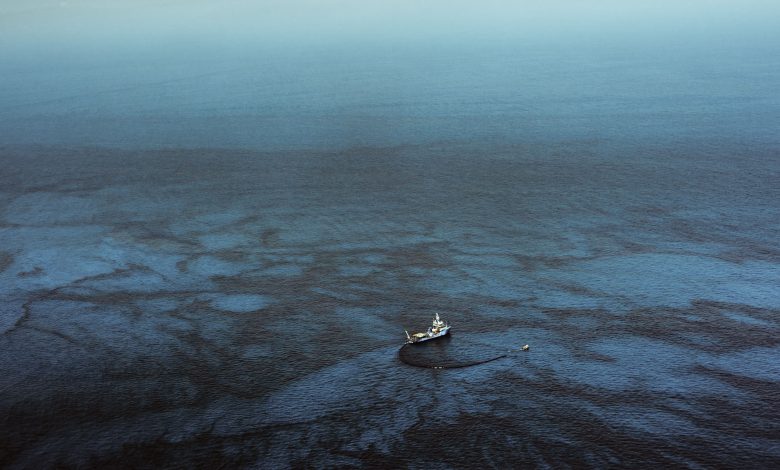The Uncertain Future of the Oil Pollution Act

OPA Overview
In 1990, the Oil Pollution Act (OPA) was enacted to strengthen and streamline the United States’ ability to prevent future oil spills and leverage efforts to enforce robust environmental remediation after oil pollution incidents. President George H. W. Bush signed the OPA into law just one year after the Exxon Valdez hit aground and spilled nearly 11 million gallons of Alaskan crude oil into the Prince William Sound (USCG, 2018). The establishment of the OPA enhanced the country’s ability to prevent and address future oil spills by enacting provisions that expanded federal oversight of the oil industry, while also providing the necessary funding and resources to effectively respond to future oil spills (EPA, 2016). The passage of this law has served as a valuable deterrent of spills since it assigns liability for the cost of environmental remediation and damage to the party that owns or operates a vessel or facility that is found to discharge oil into U.S. navigable waters.

Overall, the OPA has significantly improved the safety of maritime oil transportation by mandating new requirements for vessel construction and crew licensing, requiring the development of contingency plans, augmenting the authority of federal enforcement, increasing liabilities and penalties for those who discharge oil, and enhancing financial responsibility requirements (USCG, 2018).
The Need for Increased Oversight
Following the Exxon Valdez spill on March 24, 1989, it became clear that the United States needed to better address how to respond to oil spills and how to pay for damages and environmental remediation. The OPA addressed these issues and a wide array of other problems associated with oil spills. In addition to raising the liability limits for oil pollution incidents, the OPA expanded the scope of pollution-related damages to include a list of natural resource reparations for which polluters are held responsible (USCG, 2018).

Furthermore, the establishment of the OPA also laid the groundwork for the national Oil Spill Liability Trust Fund, which was created as part of the OPA to provide an additional source of funds to help cover any remaining expenses related to an oil spill if the responsible party is unable to fund the appropriate cleanup efforts. The Oil Spill Liability Trust Fund is managed by the U.S. Coast Guard’s National Pollution Funds Center and financed through a number of mechanisms such as a per-barrel tax on imported petroleum products, fines directed at parties responsible for oil spills and interest generated by existing financial resources (EPA, 2016).
Trump vs Obama OPA Efforts
It’s clear that the signing of the OPA into law has strengthened efforts to reduce oil pollution incidents. However, in recent years, questions have been raised about the effectiveness of this law in a time when oil and gas production has risen sharply in the United States along with the number of pollution incidents, most notoriously the 2010 Deepwater Horizon oil catastrophe that discharged around 4.9 million barrels of oil into the Gulf of Mexico. The Obama administration had been in favor of updating the OPA to ensure that it would address particularly large spills such as the Deepwater Horizon, but it was ultimately left unchanged during his tenure in the White House (Block, 2010). Conversely, the Trump administration has sought to relax rules related to the OPA.
Reevaluating Concerns
As the United States has become a net exporter of oil and gas products, policymakers have started to reevaluate concerns related to increases in domestic oil and gas production. As the energy market continues to evolve, the OPA may evolve as well to ensure that safety measures are upheld to prevent future incidents. The introduction of the OPA was intended to prevent a mega-catastrophe such as the Exxon Valdez incident from occurring again in the future (Block, 2010). However, it’s evident that a future overhaul of the OPA may be in the works to balance safety regulations with the desire to expand deepwater drilling facilities and conduct more offshore exploration for new oil and gas deposits.

Sources
Block, Melissa. (2010). “A Look at the 1990 Oil Pollution Act.” National Public Radio.
EPA. (2016). “Oil Pollution Act Overview.” U.S. Environmental Protection Agency.
Morgan, Jeffery. (2011). “The Oil Pollution Act of 1990.” Fordham University. Volume 6, Number 1, Article 5.
USCG. (2018). “Oil Pollution Act of 1990.” U.S. Coast Guard.



